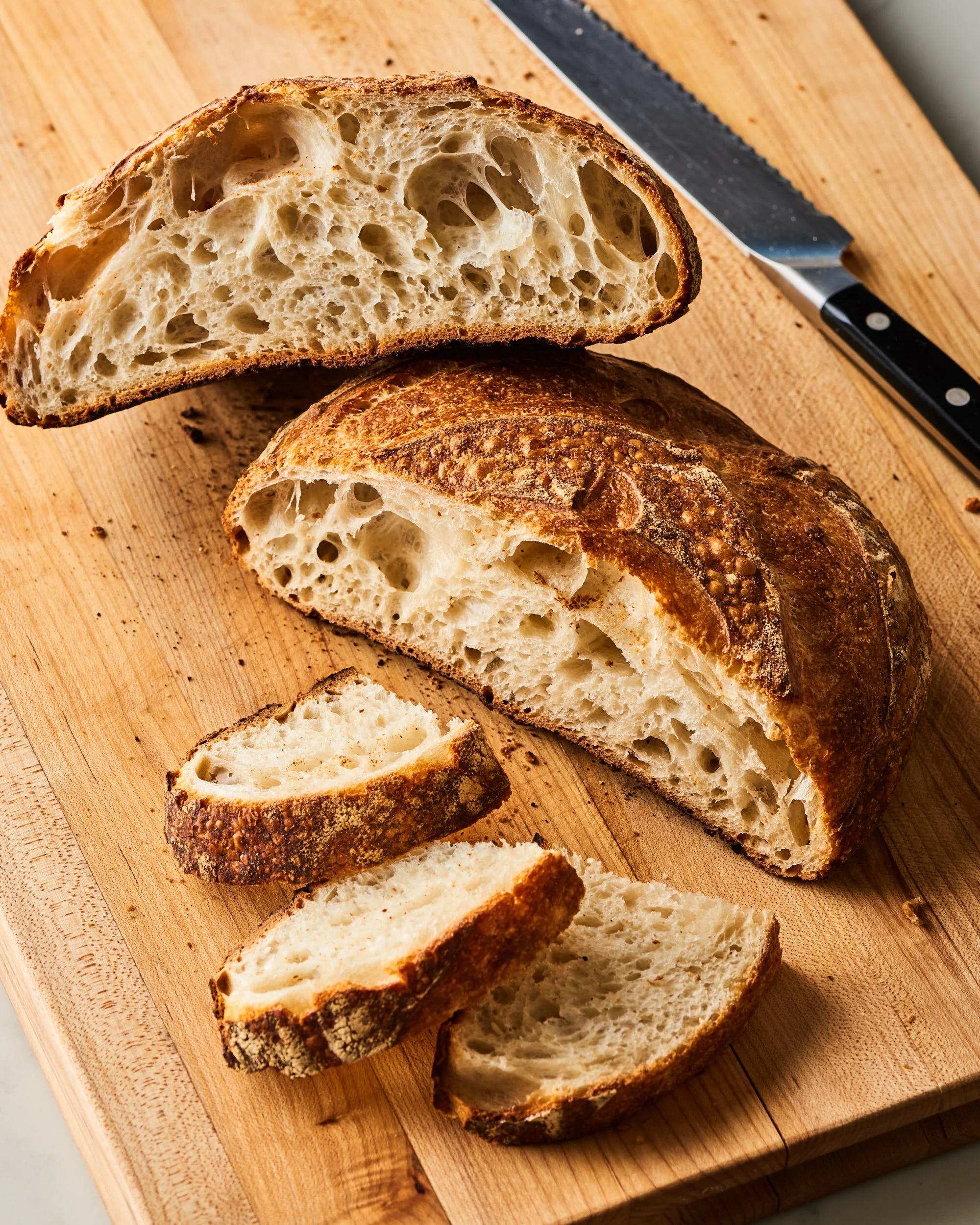Introduction
Pchum Ben, also known as Ancestor's Day or Festival of the Dead, is one of Cambodia's most significant and deeply revered festivals. Rooted in Buddhist traditions, Pchum Ben holds great spiritual and cultural significance for the Khmer people. In this article, we will explore the history, customs, and the profound meaning behind Khmer Pchum Ben. This year, Pchum Ben falls on October 13, 2023.
The History of Pchum Ben
Pchum Ben has ancient origins, dating back to the Angkorian period, which lasted from the 9th to the 15th century. It was during this time that King Jayavarman VII, a devout Buddhist, introduced the festival as a way to honor deceased ancestors and provide food offerings to wandering spirits who may not have found peace.
Customs and Observations
Food Offerings (Ben): The central tradition of Pchum Ben involves making offerings of food, known as "ben," to deceased ancestors and spirits. These offerings typically consist of sticky rice cakes wrapped in banana leaves. They are made with great care and devotion by families and monks.
Temple Visits: Throughout the 15-day observance period, Cambodians visit Buddhist temples, particularly during the final days of the festival. This is when the act of offering food to the monks and the spirits is performed.
Spirit Houses: Many Cambodian households have spirit houses, small structures in their yards, where they make offerings to appease the spirits. During Pchum Ben, these offerings become more elaborate, and incense is burned to guide the spirits to the offerings.
Prayers and Merit-Making: Buddhists use Pchum Ben as an opportunity to engage in prayers and merit-making activities. Making merit is believed to accumulate good karma and ensure a better future, both in this life and the next.
Family Reunions: Pchum Ben is a time for families to come together, visit temples, and pay their respects to their ancestors. It is an occasion for reflection and expressing gratitude for the blessings of family and life.
The Significance of Pchum Ben
Pchum Ben serves several important purposes in Khmer culture:
Honoring Ancestors: The festival is a solemn and heartfelt expression of love and respect for deceased relatives. It is a way for Cambodians to remember their ancestors and ensure their spirits find peace in the afterlife. Many pay respects to deceased relatives of up to 7 generations.
Reinforcing Buddhist Beliefs: Pchum Ben reinforces fundamental Buddhist beliefs in karma, rebirth, and the importance of making merit. It serves as a reminder of the impermanence of life.
Community and Family Bonds: The festival strengthens the sense of community and family ties. Families come together to perform rituals, share meals, and reflect on their heritage.
Final Thoughts
Khmer Pchum Ben is a unique and deeply meaningful festival that connects Cambodia's rich spiritual traditions with the profound love and respect Cambodians have for their ancestors. The act of offering food to both the living and the departed is a testament to the enduring bonds between generations. As Cambodian culture continues to evolve, Pchum Ben remains a cherished and essential celebration, a time for reflection, unity, and the reaffirmation of cultural and spiritual values.











